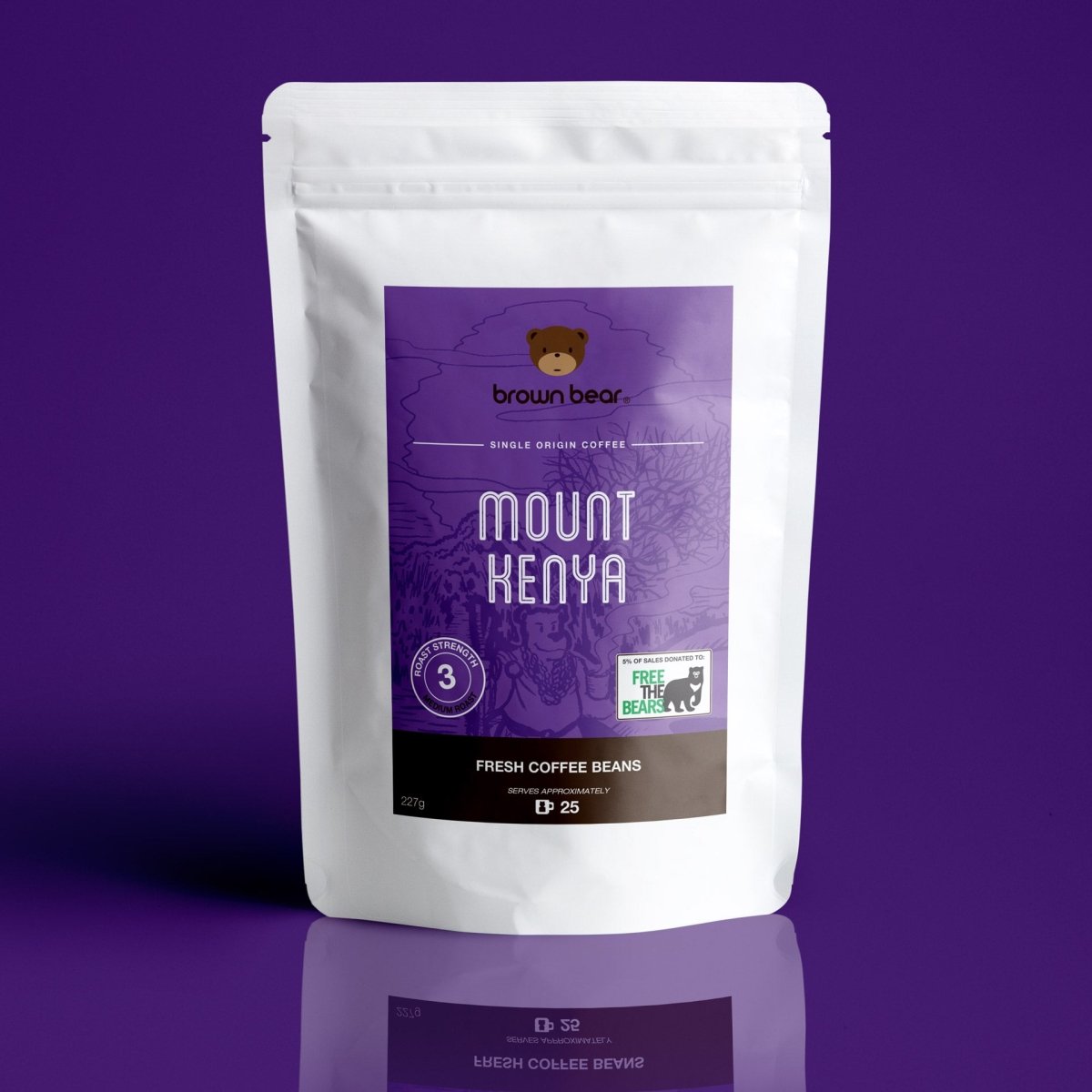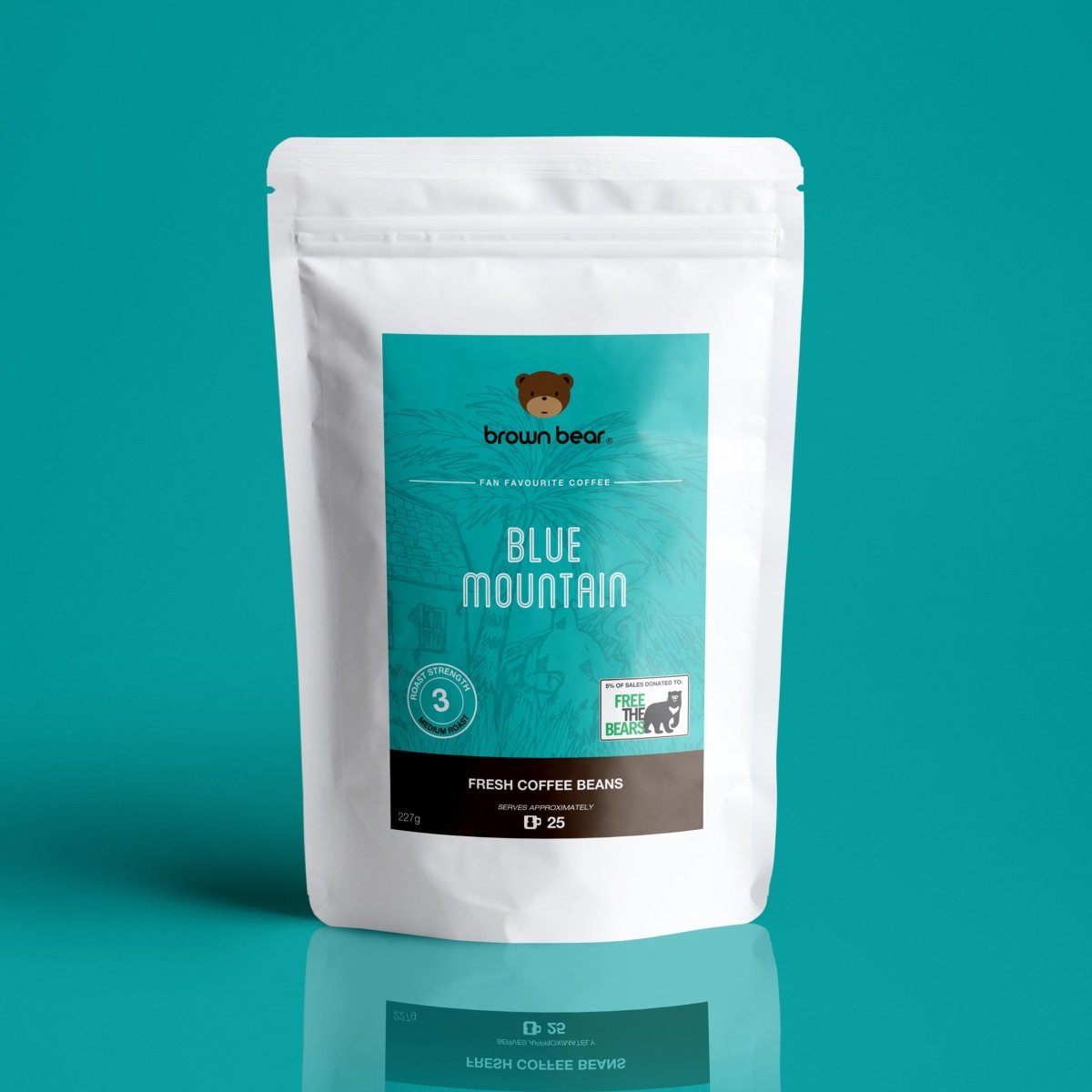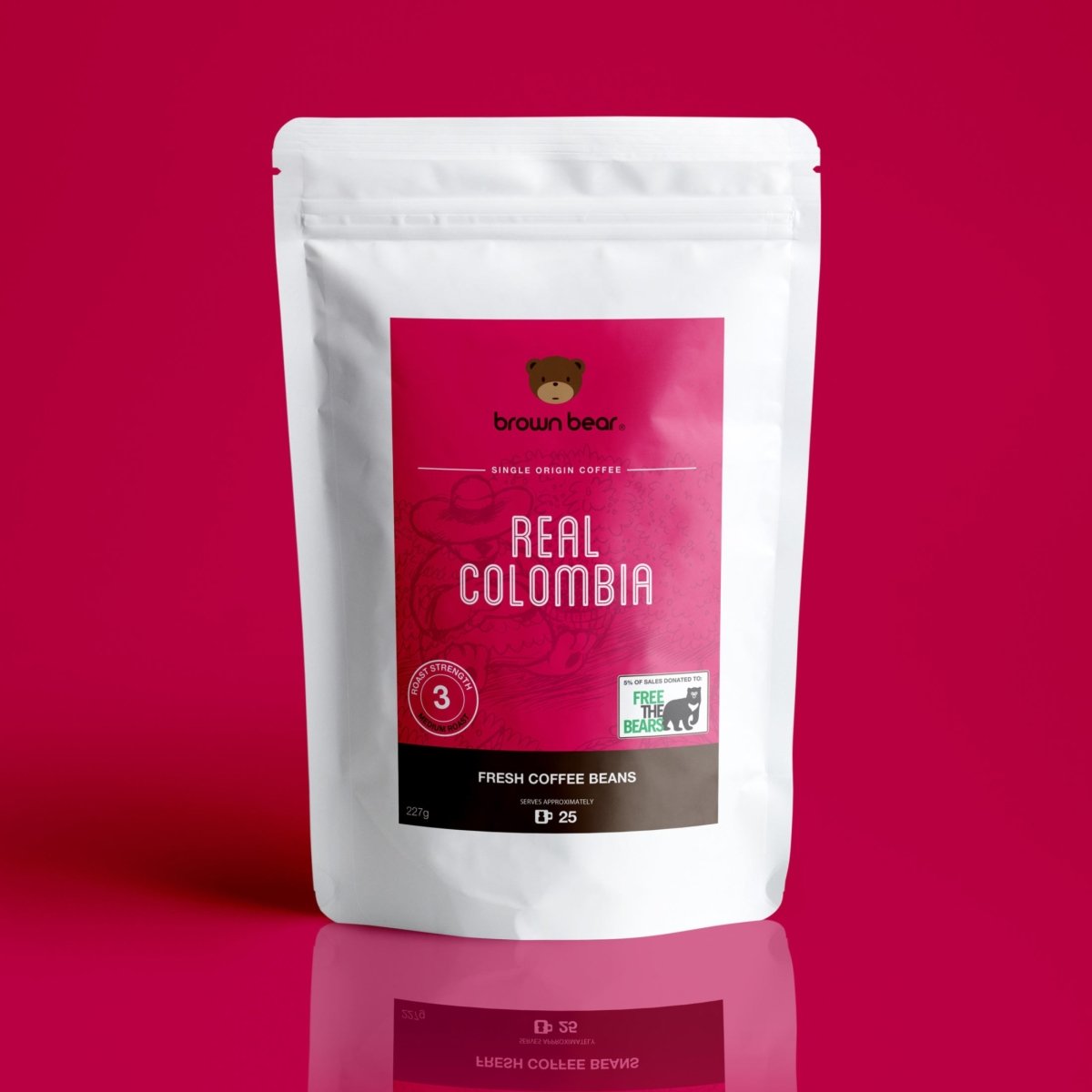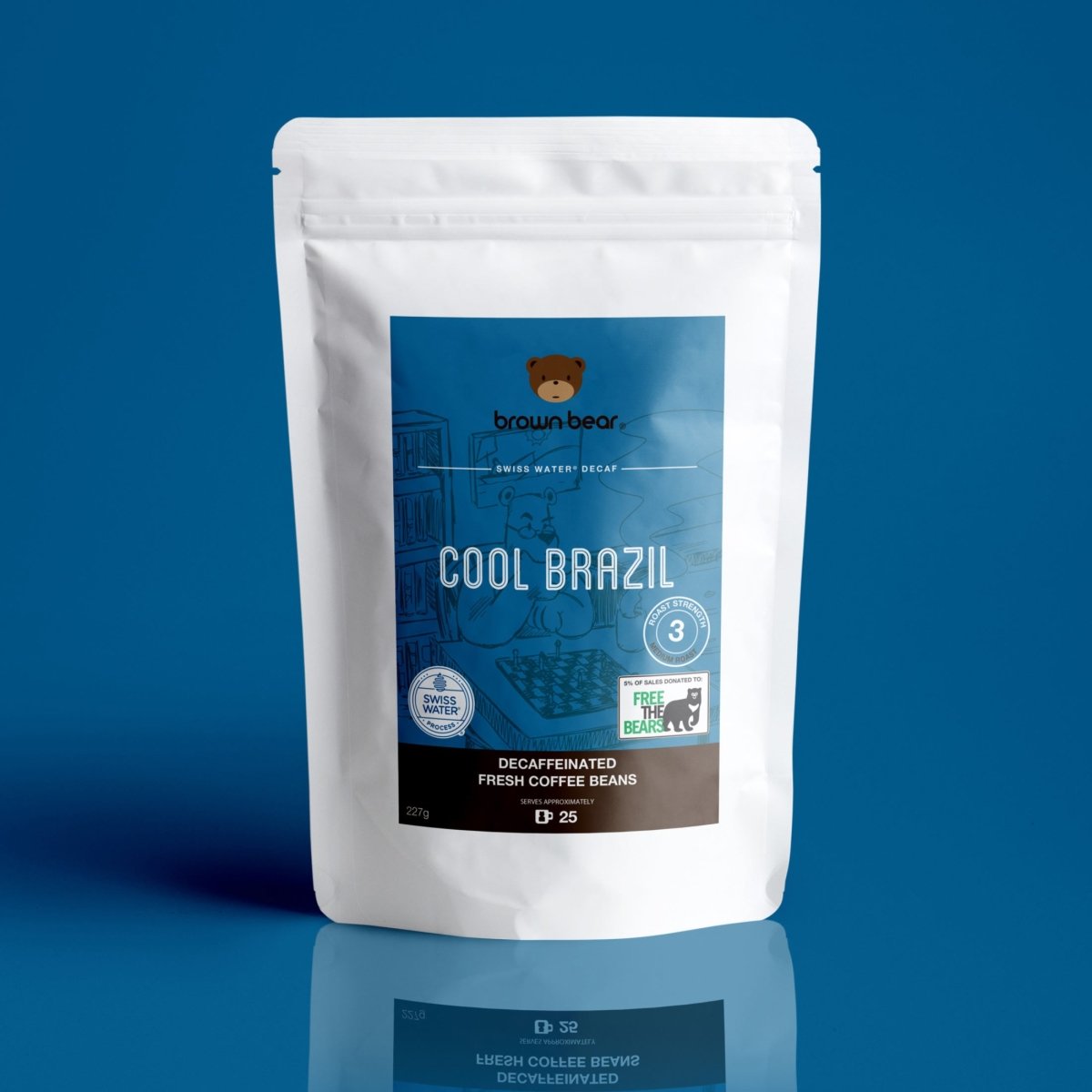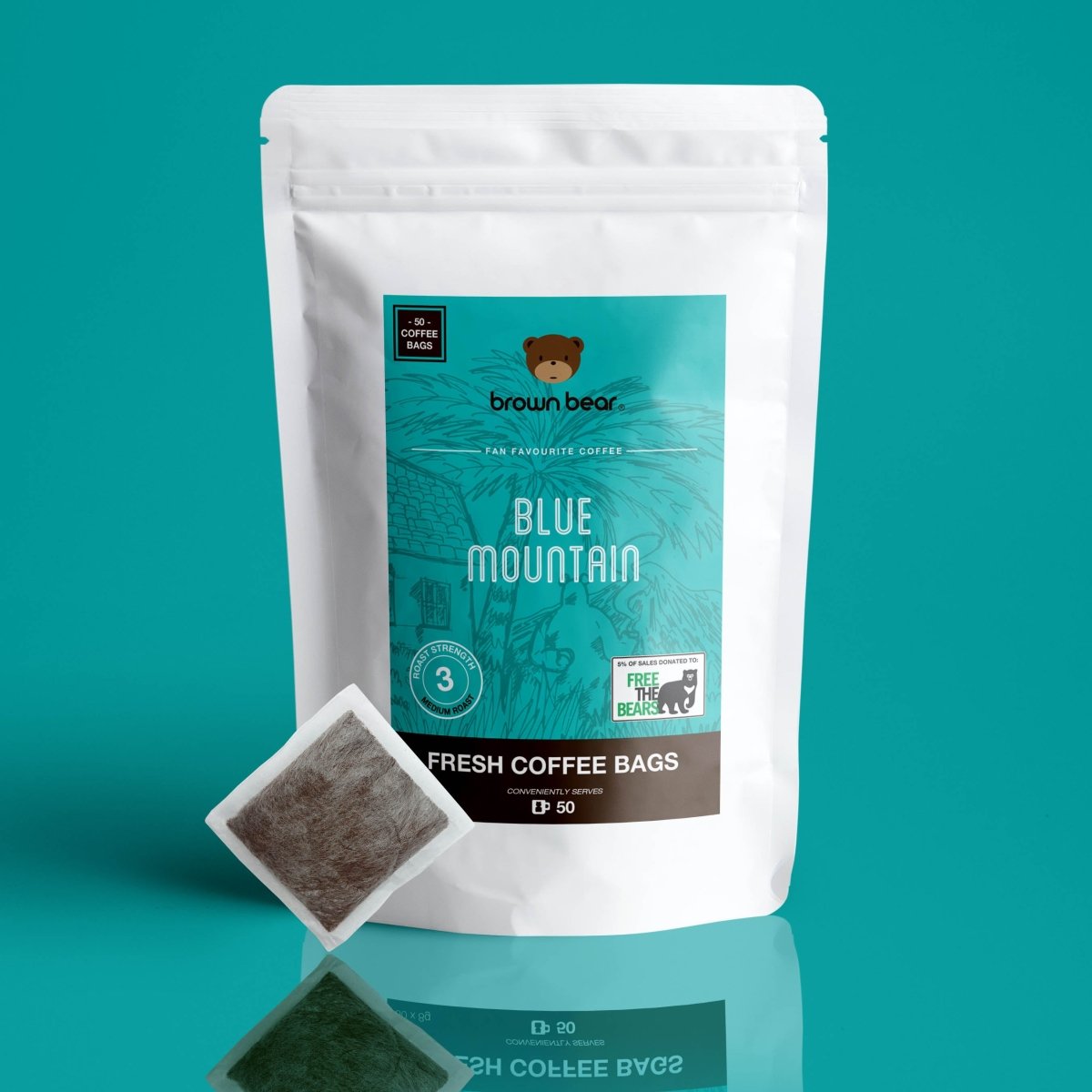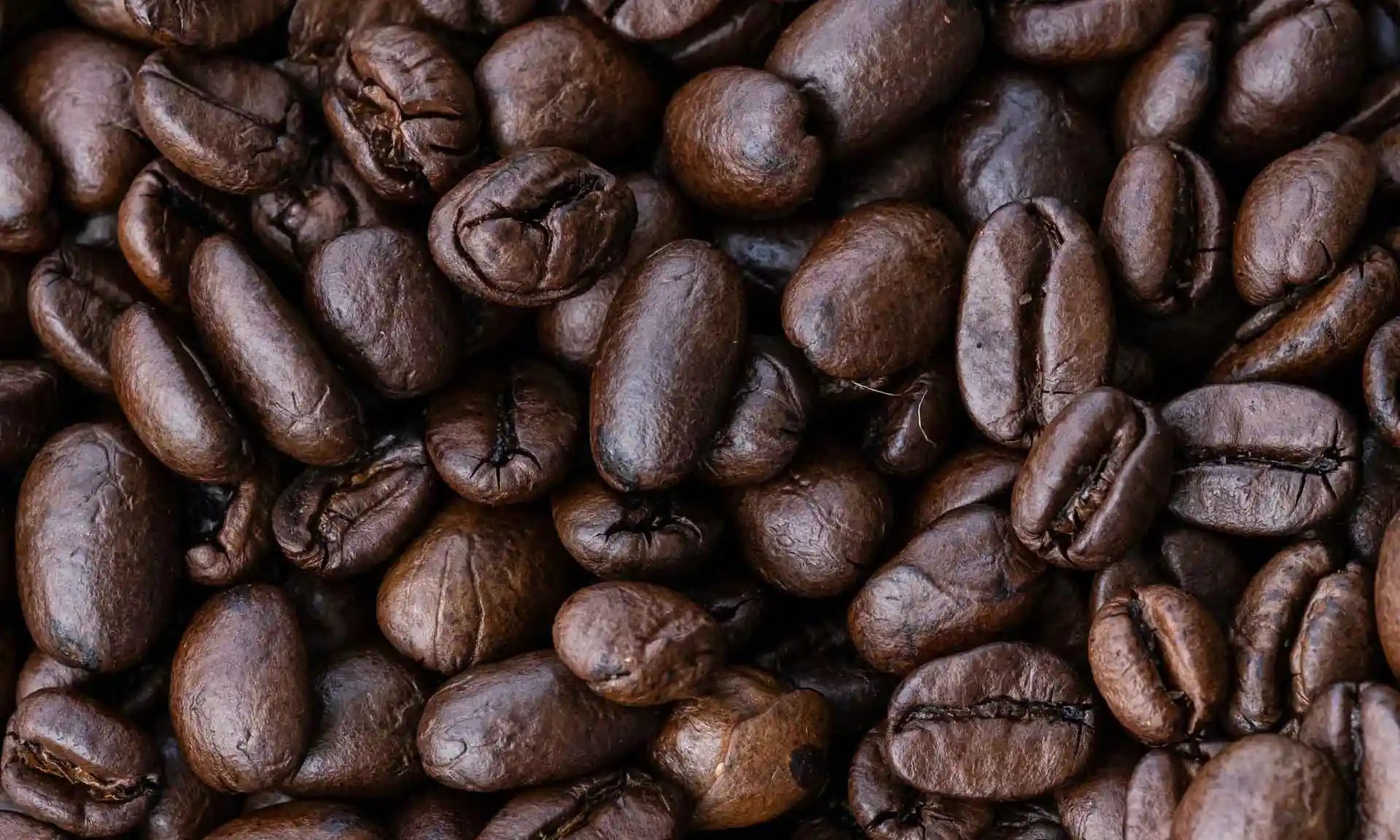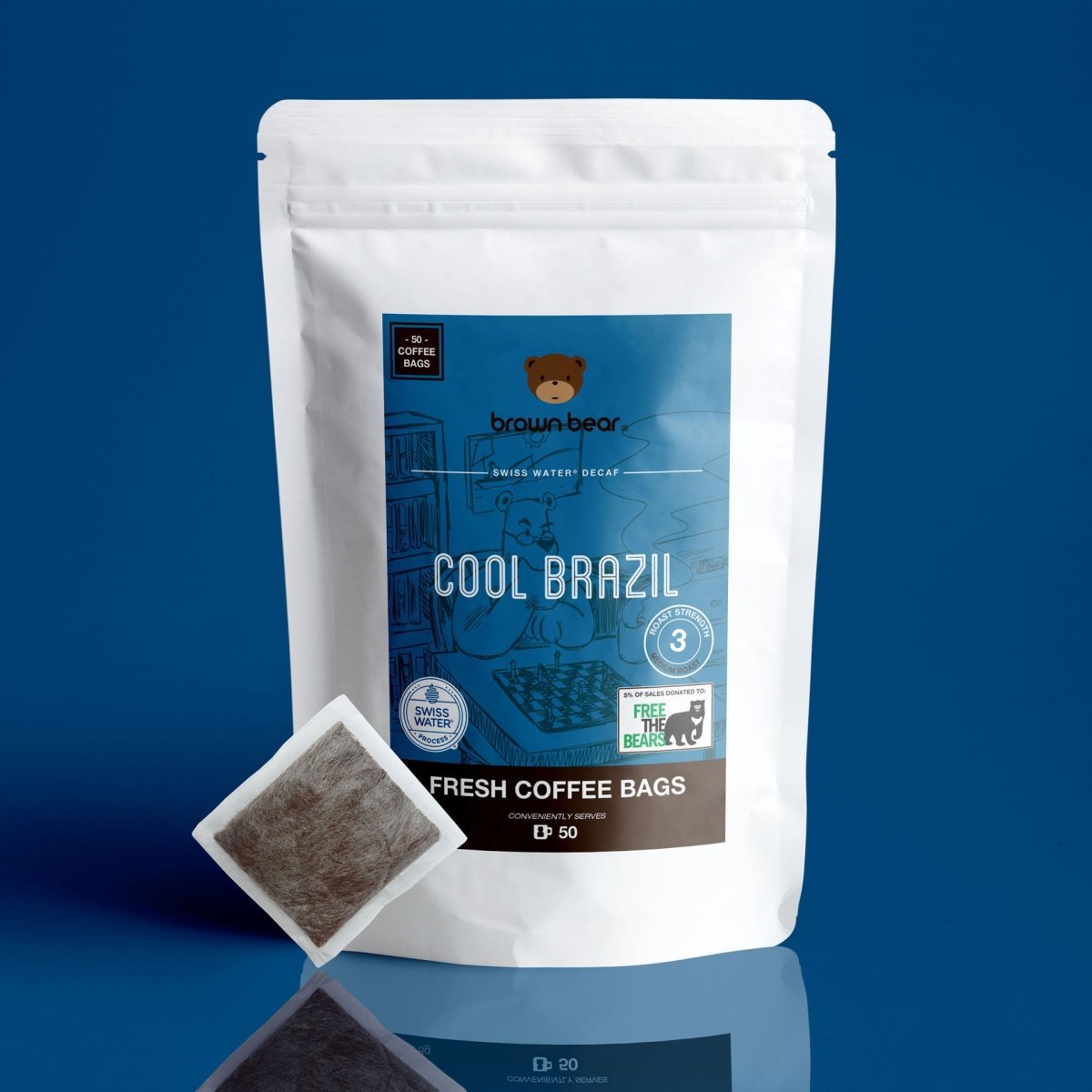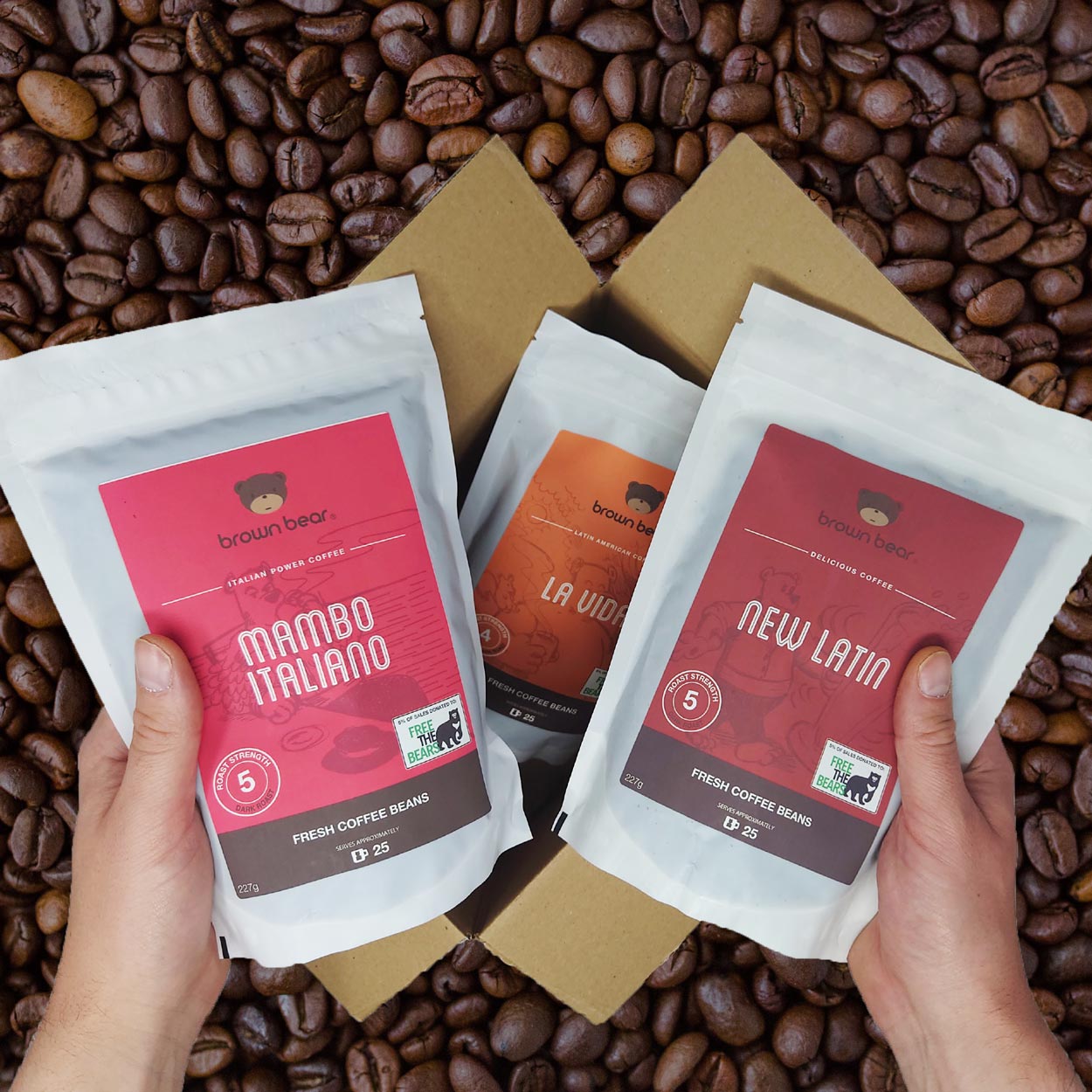This is a little coffee guide to coffee grown in Bolivia, Brazil, Colombia, Ecuador, El Salvador and Peru.
Bolivian Coffee
Commercial production in Bolivia began in earnest only the 1950s and received aboost from the frost that did so much damage to Brazil's coffee industry in the mid-1970s. Bolivian coffee is high grown at an altitude of between 600 to 2,200 feet above sea level and the washed arabica beans are imported mostly by European users as a good blending coffee. The flavour of much of this can have a tendency toward bitterness, but in recent years, Bolivia has developed its own speciality coffee sector and some producer take part in the Cup of Excellence.
Brazilian Coffee
A Portuguese Captain-Lieutenant of the Coastguard, Francisco de Malo Palheta, paying a visit to the Governor of Cayenne, French Guiana, in 1727, was so pleased with the coffee served to him that by ingratiating himself with the governor's lady, he managed to obtain secretly seeds of the coffee plant. With these he returned to the Portuguese Colony of Para on the Amazon river.
Often described as the "giant and monarch" of the coffee world, there is some Brazilian coffee in virtually all large roasters' blends and the majority of espresso is based on it. Today, Brazil's economy is much less dependent on coffee than it was at one time, and it now represents only 8 to 10 percent of the country's gross domestic product. Before the Second World War, Brazil's share of world production was more than 50 percent and is now nearer to 30 percent. The country's effect on the world of coffee, especially on the price of coffee, is, however, second to none, with frosts and droughts regularly precipitating steep rises in world coffee prices.
Although coffee will grow almost everywhere in Brazil, it suffers more than in any other country from unseasonable rains and storms, and winter winds from the Andes. It is also permanently endangered by crippling frosts which dramatically lose a great deal of its production at least once every five years - on occasion as much as 80 per cent.
Coffee production has become something of a science since coffee trees were introduced to Brazil from French Guyana in 1720. Until 1990, the industry was very tightly regulated and controlled, with stringent interventionist and price-protection measures. Minimum prices to farmers were maintained by the state, which bought up surpluses. But, since 1990, a free market has operated and producers are now allowed to negotiate prices directly with exporters. The exporters' activities are, however, regulated by the government, which maintains a register of approved exporters.
To call a coffee "Brazilian" is meaningless, given the huge number of different kinds available. In the coffee market, Brazilian coffee, which is mostly unwashed and sun dried, is called "Brazils" to distinguish it from "Milds,' the other arabica category. For mainstream coffee, the beans are further classified by the name of the state in which they were produced and by the port through which they were shipped; the ubiquitous standard grade Santos simply means that it was shipped from the port near Sao Paulo, probably as a blend of a number of average coffees that arrived at the port at the same time.
Although coffee is grown in most of Brazil's 21 states, five of those states-Parana, Sao Paulo, Minas Gerais, Espirito Santo, and Bahia-produce the vast majority of the total output, with Sao Paulo and Minas Gerais being responsible for about 55 percent of the overall production. The chief plantations are on plateaux 1,800 feet to 4,000 feet above sea level. The two most fertile soils are 'terra roxa' a top soil of red clay three feet thick with gravelly subsoil in Sao Paolo and 'Massape', a yellowish soil. Given the diversity of the industry, there is a Brazilian coffee to suit all tastes. The northern seaboard area, for example, produces coffee that has the typical iodized flavour reminiscent of the sea.
Besides arabica, Brazil produces a large volume of robusta (called conillon and generally grown in the coastal Espirito Santo state), used in mainstream coffee as a filler and as the basis for instant coffee. Traditionally, most Brazilian coffee was blended, but, with the development over the past two decades of a thriving and successful specialty coffee sector, single origin coffees from Brazil are now well established. Probably the best indication that coffee has greatly improved in Brazil is the coffee competitions that are organized regularly, which have drawn attention to the quality end of the Brazil coffee market as well as improving prices for the best coffees from this origin.
Colombian Coffee
Coffee was first introduced to Colombia in when trees were brought by a clergyman from the French Antilles via Venezuela. Colombia is the world's second largest producer after Brazil, famous for consistently good fine mild coffees good enough to drink straight whose distinctive characteristic is a caramel sweetness, rich flavour, slight acidity and heavy body. The finest are grown in the foothills of the Andes, 3,500 to 4,500 feel above sea level, in the shade of banana and rubber trees. Some of the best coffee lands consist of rich loamy soil mixed with disintegrated volcanic rock or porous subsoils.
Hundreds of thousands of small farms are family enterprises, organized into a federation on a co-operative basis. Great care is taken in cultivation, picking and processing mainly by the wet processing method. Today the country, in normal production years, is the third largest producing country in the world after Brazil and Vietnam, with an annual production of around 12 million 60kg bags. The importance of coffee to the national economy may be gauged from the fact that all cars entering the country are sprayed so that they do not inadvertently introduce diseases that might damage the coffee plants.
Colombian coffee is one of the few origin coffees that is sold all over the world under its own name. With the help of a good product and some clever marketing, no other coffee has achieved that degree of consumer regard for its quality through its familiar advertisements featuring fictional coffee grower, Juan Valdez. It is the world's largest exporter of washed arabica beans and very little robusta is grown. More than any other producer, the country has been concerned to develop and promote its product and industry, and it is together with favourable geographical and climatic factors, that has given Colombian coffee its reputation for quality and flavour.
The coffee-producing areas lie among the foothills of the Andes, where the climate is temperate and moist. Colombia has three cordilleras-secondary mountain ranges- running through it, north to south. Colombia is fortunate in having both Atlantic (Caribbean) and Pacific ports - the only South American country to do so - and this helps to keep down transportation and shipping costs.
The main production areas are along the central and eastern cordilleras, and along the central range the most important plantations are at Medellin, Armenia, and Manizales. Of the three, the coffee from Medellin is thought to be the finest - it has a heavy body, a rich, full flavour and medium acidity. Along the eastern cordillera, the best areas are those around Bogota and, further north, around Bucaramanga. Coffee from Bogota is less acidic than that from Medellin but equally fine.
The most exported grades are Supremo and Excelso. The finest is the larger bean Supremo, prized for its sweet, delicate and aromatic taste, slightly nutty bitterness and light body. Excelso is mostly softer and more acidic than Supremo, but both are aromatic coffees, with medium body and good fruit. Colombian coffee is often described as silky and it is one of the best balanced of all coffees, and can be enjoyed at any time of the day. Colombia came on to the specialty coffee scene later than most origins, but now a large number of microclimates and terroirs, with specific ecological characteristics, have been developed.
As a result, roasters and consumers are able to sample a wide variety of coffees available from an array of individual estates and farms many of which now export directly or through specialty export groups, and the country has had success with organic and sustainable certified coffee as well. Cup of Excellence holds regular contests for the best coffees in the country, and the winning coffees normally net many times the market price; setting the final seal on the quality aspects of Colombian coffee.
Ecuadorian Coffee
Arabica trees were first planted in Ecuador as recently as 1952. The coffee is of good quality and the beans are classified as Galapagos and Gigante, both of which are heavy and large; and No 1 and Extra Superior, which are the highest quality grades. The main problem confronting producers is maintaining a consistent quality. Nevertheless, the coffee is generally well balanced, clean, and with an excellent, somewhat individual, aroma.
Ecuador is one of the few countries in South America to produce robusta as well as arabica, although the production of robusta is increasing because of the lack of suitable land for the arabica trees. The best of the arabica coffee comes from the highlands of the Andes, which run in two ranges from north to south down the centre of the country-especially from the Chanchamgo Valley. Specialty coffee is now being cultivated by a few estates in the country, notably Puyango and Vilcabamba, which is a coffee grown in the "Longevity Valley" because, it is said, an inordinate number of the area's inhabitants live to over the age of 100.
El Salvadorian Coffee
Their best coffees, labelled 'Strictly High Grown' are classic Central American coffees - pleasant with medium acidity, full body, mild sweet taste and delicate fragrance – and are much appreciated in France.
Peruvian Coffee
Peru is probably best known as a major producer of organic coffee – third after Mexico and Ethiopia. As much as 98 percent of all Peruvian coffee is grown in the forested areas, and most of the growers are smallholder farmers totalling 110,000 growers. The best Peruvian coffee comes from the regions of Chanchamayo, Cuzco, Norte, and Puno. The Chanchamayos can be as good as the best classic Central Americans full-bodied, delicate and gently acid but coffee quality can be mixed. The Peruvian coffee industry, though less well known and talked about than Brazil and Colombia has been steadily growing. In the mid-1970s, production was around 900,000 bags per year, and this has been increasing to over 4 million bags in recent years.


